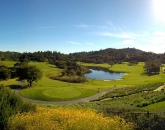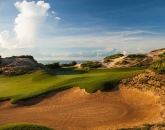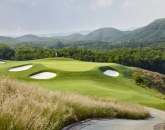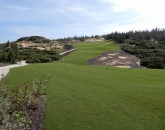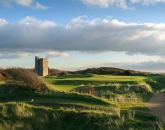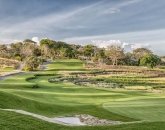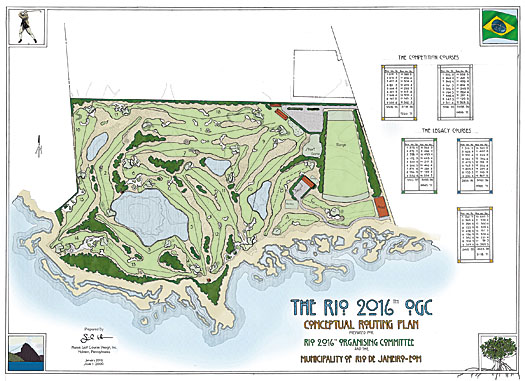
The site’s sandy soil, natural dune formations and close proximity to the ocean provide some very remote similarities to the location Hanse had to work with at Castle Stuart, but that’s about where the comparisons end. Creating a traditional links course with their characteristic playing conditions in a climate so starkly opposed to that of Scotland will not be part of Hanse’s thinking.
Their agreement with Rio 2016 preclude Hanse and Alcott from commenting broadly on the legal dispute but with the clock ticking, they have their shoulders to the wheel in the shadow of these distractions to construct the golf course in time for proposed ‘test events’ earmarked for 2015.
In the weeks following the completion of the London Olympics, Gil Hanse provided some insights to the project and the task ahead.
From what we've seen from afar, the tract of land you have for the golf course is a sandy based and in close proximity to the coast - elements that would normally represent an enticing prospect for a course designer. I've heard the sandbelt courses in Melbourne may be part of the blueprint for the course design you have in mind for Rio ...
These elements are the most enticing aspects of the site and while you cannot see the ocean from the property, the sound of the waves and the salt air offer enough of a taste to make it feel like seaside golf. We have drawn parallels to the sandbelt courses of Australia, primarily because of the look of the vegetation on site, more shrubs and low growing trees, as well as the sandy soil.
We have a love of the look of these courses, and are hopeful that we can capture some of this feel in our course in Rio.
Pages
Click here to see the published article.


